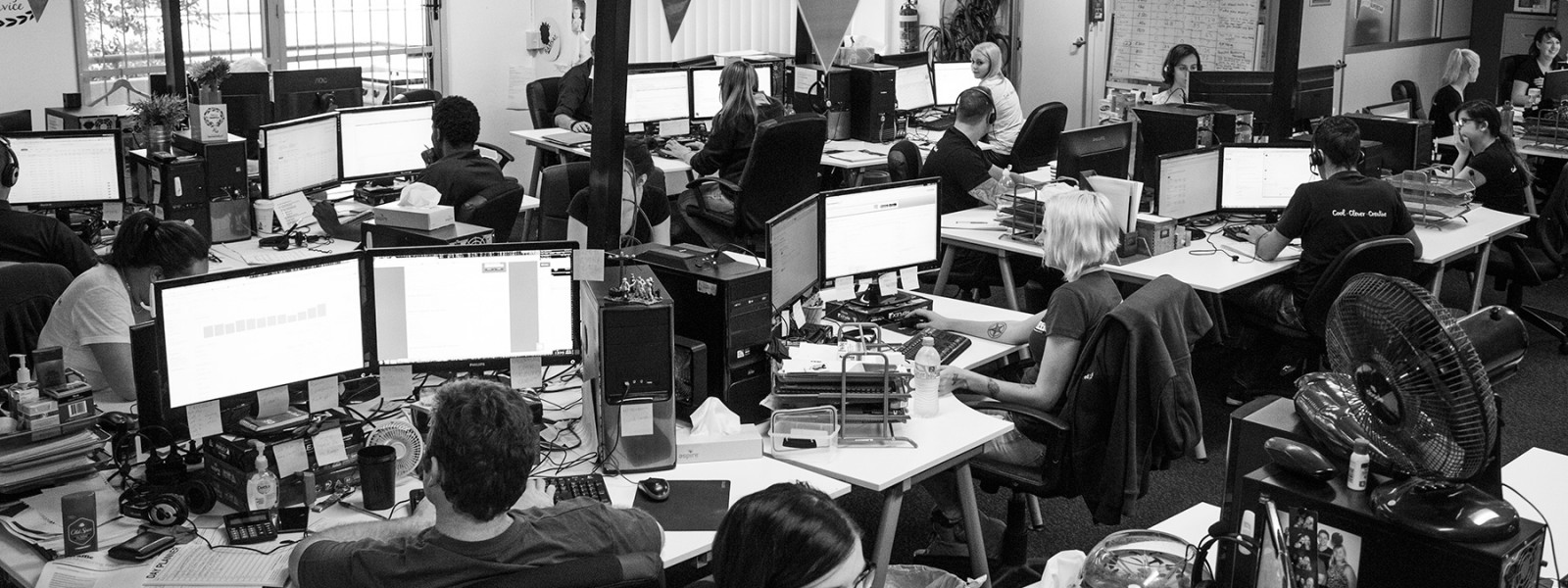-
Traffic
Get More Traffic
SponsoredLinX offers a number of different services to help drive more qualified traffic to your website. Google Ads Management Search Engine Optimisation Social Engage Marketing App Marketing Facebook Advertising Google Ads Mobile“SponsoredLinX are a rarity in today’s market place, they promise a lot but deliver more. Our business has grown by over 400% in one month; we are amazed at the difference they have made.”
-
Conversion
Convert More Leads
Our second step is making sure that your website is able to convert the traffic you receive into leads for your business. Optimising your website to convert more leads is important to a profitable campaign. Web Development Convertopages“I just want to say thank you! The changes that you have applied in our AdWords campaign have definitely seen an improvement on click quality and sales for HippityHop.”
-
Retention
Retain Your Customers
As you build up a customer base you need to make sure to keep engaged and retain your relationship. Facebook Management LinX App“SponsoredLinX fully redesigned our main company website with a fresh, clean and professional look. The ‘Google friendly’ web design were part of the fantastic ongoing service we received.”
How Australian SMEs can ease the squeeze of the Falling Australian Dollar
We are a country curiously obsessed with the Australian dollar (we are currently trading at 0.77 US). Put aside the news headlines dominated by the recent Queensland Election and the massive sporting events over the past weekend and, you’ll see articles all displaying the well-known fact that the Australian dollar is falling and, likely to continue to do so. However, all of these articles seem to like to point out the obvious; exports will increase and imports will become more expensive.
This equals businesses which export goods are jumping and cheering at the prospect of becoming more competitive in the international marketplace. In a western world which encourages globalisation, a low Australian dollar makes it easy for Australian exporters to play a more integral part. Professor of Economics at the University of New South Wales explains that, “When the Aussie dollar falls, our exports become cheaper for the foreigners who buy them. Their US dollar, Pound, Yen or Euro buys more Australian dollars and hence more of our “stuff”. This increases their demand for our exports. This is good news for exporters such as the mining, education and tourism sectors,” (Holden, 2015).
Those Australian businesses (and consumers) which rely on imports will suffer from the low dollar. Costs will rise and consumers will either have to fork out more money to purchase imported goods or, wait until the dollar value increases. As Holden mentions, “…consumer confidence is incredibly important precisely because of the negative feedback loop that ensues when it falls” (2014). If public opinion of the economy is low, consumers will not spend. Which means businesses will have to take a cut to their margin or look at other avenues of saving money.
For those small to medium businesses which rely on imported goods, what can they do to make it a little easier – how can they stay competitive when consumers are likely to cease spending for various goods and hold off until the variables are more in their favour?
Purchasing a crystal ball may be tempting. It’s important to remember that while it is impossible to predict the future, and a certain level of ‘taking a punt’ is required, there are things which can be done:
1) The Australian dollar has been steadily falling since November 2014. It’s now February 2015 and the trend has continued, and if the experts have it right, will continue to. The key is to use the foresight you have access to and hedge your cash flow.
2) If you’re able to, stock up on goods when the dollar works in your favour
3) Or, agree on a set price with your suppliers/supplier, regardless of the fluctuations in the Australian dollar.
4) Delay on capital expenditure if you can
5) Instead of your margin taking a hit, maintain your current prices and see if there is a way of ‘adding value’ to the transaction which will bear little to no cost to you. For example, what’s something you already include but you don’t market? Turn this into another Unique Selling Point and let consumers feel that even though they are paying the same amount of money of the same product, that they’re getting ‘more for their money’.
6) Old stock – if you have it, now is the time to try and get rid of it.
7) Time = money, but so does labour. If you’re able, take a look at some of your business processes which involve this and look at areas where you can save labour and time.
8) Look at your transaction process with your customers; are you really giving yourself the best chance to collect funds as quickly as possible? For example, if you’re a mobile trader, start utilising e-payment options.
Tim Harcourt, an Economics Professor from the University of New South Wales, as quoted in an article in Smart Company, says that, “When the dollar is high, it’s the end of the world for Australian competition; when it’s low, there is no confidence in the Australian economy,” (Robb, 2015). Yes, we’re prone to exaggeration, but when small to medium business owners are already balancing the myriad of daily battles to keep their bills being paid, to employees, to leases, to customers current, old and new, to banks; anything which will help make the war a little easier could go a long way.


